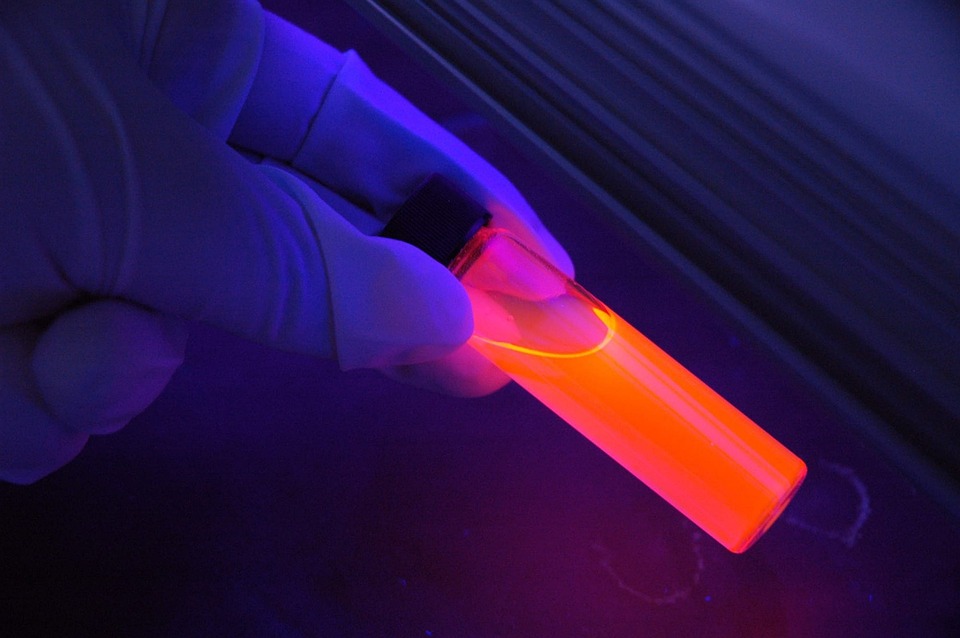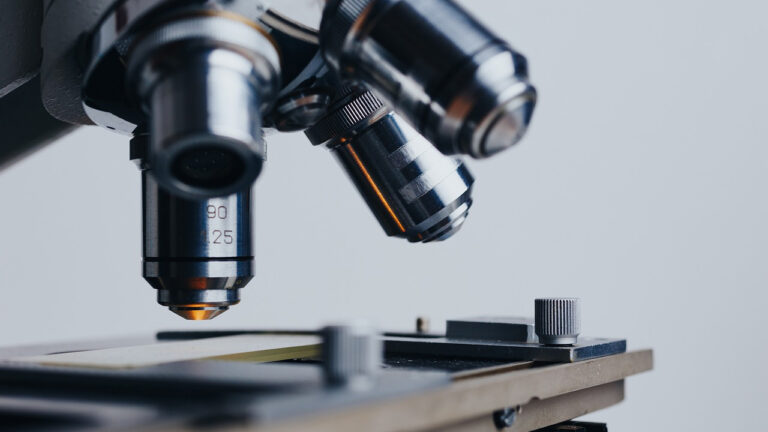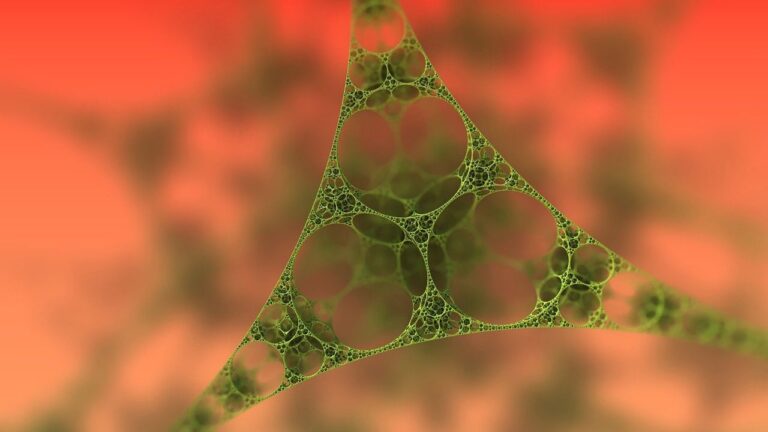Forensic Science Innovations: Bridging the Gap Between Mystery and Resolution

Forensic science, a captivating field at the intersection of science and law, has always played a crucial role in solving crimes and delivering justice. Over the years, it has evolved significantly, embracing new technologies and methodologies that have transformed its landscape.
The Evolution of Forensic Science
For centuries, forensic science has been an essential tool in criminal investigations. Its roots trace back to ancient civilizations, where rudimentary techniques like fingerprint analysis were used to identify individuals.
However, the field has come a long way since then, thanks to the rapid advancements in technology and the growing need for more precise and reliable forensic methods.
DNA Analysis: The Gold Standard of Forensic Science
One of the most significant breakthroughs in forensic science was the development of DNA analysis in the late 20th century. DNA profiling has revolutionized the way forensic scientists identify suspects and exonerate the innocent.
Today, it remains the gold standard for forensic investigations, providing irrefutable evidence that can make or break a case.
Recent innovations in DNA analysis have further enhanced its accuracy and efficiency. Next-generation sequencing (NGS) technology, for example, offers a more comprehensive analysis of genetic material, enabling forensic scientists to extract valuable information from even the smallest samples.
This advancement has proven invaluable in cold cases and mass disaster scenarios, where degraded DNA samples are often the only evidence available.
Digital Forensics: Navigating the Cyber Landscape
In an increasingly digital world, cybercrimes have become a significant concern for law enforcement agencies. Digital forensics has emerged as a vital discipline within forensic science, focusing on the recovery, analysis, and preservation of electronic data.
From hacking incidents to online fraud, digital forensics plays a crucial role in identifying perpetrators and securing digital evidence for prosecution.
Recent innovations in digital forensics have expanded its capabilities, allowing investigators to tackle complex cybercrimes more effectively. Artificial intelligence (AI) and machine learning algorithms, for instance, have been integrated into digital forensic tools, enabling faster and more accurate analysis of large datasets.
These technologies can automatically identify patterns and anomalies, helping investigators pinpoint critical evidence in a fraction of the time it would take using traditional methods.
Forensic Entomology: Solving Mysteries Through Insects
Forensic entomology, the study of insects in criminal investigations, might seem unconventional, but it has proven to be a valuable tool in solving crimes. By analyzing the presence and development of insect larvae on decomposing bodies, forensic entomologists can estimate the time of death, providing crucial information in homicide cases.
Recent innovations in forensic entomology have focused on improving the accuracy of these estimates. Advances in genetic analysis have allowed scientists to identify specific insect species more precisely, leading to more accurate post-mortem interval estimates.
Additionally, the integration of climate data and machine learning models has enhanced the ability to predict insect activity under various environmental conditions, further refining the accuracy of forensic entomology findings.
Forensic Odontology: Unraveling Identities Through Dental Evidence
Forensic odontology, the study of dental evidence in criminal investigations, has long been a valuable tool in identifying human remains. Dental records are often used to confirm the identity of victims when other means of identification are unavailable.
Recent innovations in forensic odontology have expanded its applications beyond identification. The development of 3D scanning and imaging technology has allowed forensic odontologists to create highly detailed digital models of dental structures.
These models can be used to analyze bite marks, assess the age of unidentified remains, and even reconstruct facial features, providing investigators with valuable insights in complex cases.
Forensic Toxicology: Detecting the Undetectable
Forensic toxicology, the study of drugs, alcohol, and poisons in the context of legal investigations, has seen significant advancements in recent years. The ability to detect and quantify substances in biological samples is crucial in cases of overdose, poisoning, and impaired driving.
Recent innovations in forensic toxicology have focused on improving the sensitivity and accuracy of analytical methods. High-resolution mass spectrometry, for example, allows forensic toxicologists to detect trace amounts of substances that were previously undetectable.
This advancement has expanded the range of substances that can be identified and quantified, providing investigators with more comprehensive toxicology reports.
The Impact of Forensic Science Innovations on the Justice System
The innovations in forensic science have had a profound impact on the justice system, enhancing the ability of law enforcement agencies to solve crimes and deliver justice. By providing more accurate and reliable evidence, these advancements have increased the likelihood of securing convictions and exonerating the innocent.
Moreover, the integration of new technologies and methodologies has improved the efficiency of forensic investigations, reducing the time and resources required to process evidence. This has allowed law enforcement agencies to address a larger number of cases, ultimately contributing to a safer and more just society.
Inspiring Future Advancements in Forensic Science
The continuous evolution of forensic science is driven by the relentless pursuit of truth and justice. As new technologies emerge and our understanding of forensic methodologies deepens, the potential for future advancements in the field is limitless.
Emerging technologies such as quantum computing, blockchain, and advanced data analytics hold promise for further transforming forensic science. These innovations have the potential to enhance the accuracy, efficiency, and reliability of forensic investigations, paving the way for a new era of crime-solving capabilities.
Conclusion: The Ever-Evolving Landscape of Forensic Science
Forensic science innovations have transformed the way we solve crimes and deliver justice, bridging the gap between mystery and resolution. From DNA analysis to digital forensics, each advancement has contributed to a more accurate, efficient, and reliable justice system.
As we look to the future, the continued evolution of forensic science promises to inspire new breakthroughs and revolutionize the field. By embracing these innovations, we can ensure that forensic science remains at the forefront of crime-solving, delivering justice for victims and their families while safeguarding the rights of the innocent.
Whether you are a seasoned forensic professional or simply someone fascinated by the mysteries of crime-solving, the innovations in forensic science offer a source of inspiration and hope. As we continue to push the boundaries of what is possible, the future of forensic science looks brighter than ever.






